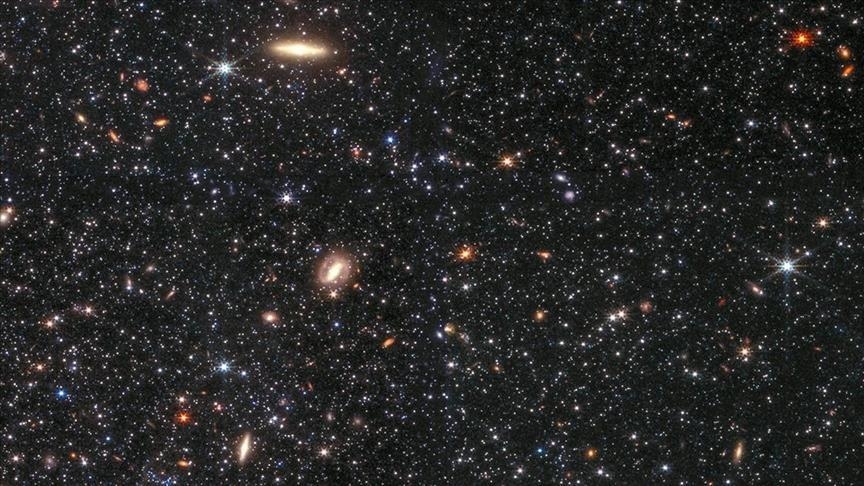Dark matter, the enigmatic substance that makes up most of the universe’s mass, remains stubbornly hidden from our direct gaze.
However, a recent study proposes a dramatic possibility: dark matter itself could form stars that explode in a spectacular display, leaving a telltale signature for us to detect.
The Elusive Dark Matter: A Cosmic Mystery

For decades, astronomers have been grappling with dark matter. Its existence is undeniable – its gravitational influence on galaxies is evident. It sculpts galaxies, spins them up, and dictates their large-scale structure. Yet, it remains invisible to our telescopes. Unlike normal matter, dark matter doesn’t interact with light, making it a cosmic ghost. We can only infer its presence through its gravitational influence on visible matter.
Axions: A New Hopeful Contender
The search for dark matter’s composition is ongoing. While Weakly Interacting Massive Particles (WIMPs) have been heavily explored, recent research focuses on a different candidate: axions. These theoretical particles, unlike WIMPs, can clump together due to their unique properties. This characteristic opens up the possibility of entirely new phenomena involving dark matter.
When Quantum Mechanics Gets Weird: The Birth of a Dark Star
According to the new study, under certain conditions, these clumps of axions could behave strangely according to the principles of quantum mechanics. They could transition into a Bose-Einstein condensate, a state where the particles act as a single wave. This wave, in turn, could form a localized energy lump – a kind of dark matter star – similar in size to a regular star, or even larger.
The Grand Finale: A Bosenova – Dark Matter’s Explosive Demise
The story doesn’t end there. The study predicts these dark matter stars wouldn’t be stable. They would eventually become massive and explode in a colossal event dubbed a “bosenova.” This explosion would release tremendous energy, rivaling that of a supernova, the explosion of a normal star.
The Afterglow: Unveiling the Dark Matter Through Its Impact
While we wouldn’t be able to witness the bosenova itself, the researchers propose a fascinating way to detect its aftermath. The surrounding normal gas would absorb the explosion’s energy and re-emit it in radio frequencies. This faint radio signature could potentially be picked up by powerful telescopes like the upcoming Square Kilometer Array.
A Beacon of Hope in the Dark
If successful, such a detection would be a breakthrough. It would not only confirm the existence of exploding dark matter stars but also strongly suggest that dark matter is composed of axions. This would be a major leap forward in our understanding of the universe’s missing mass and the nature of dark matter itself.
Looking Forward: A Multi-pronged Approach
The quest to unravel the mystery of dark matter continues on multiple fronts. Even if the bosenova signature remains elusive, it wouldn’t necessarily disprove the axion theory. The study acknowledges the possibility of axion-like particles with different properties. Additionally, alternative methods like searching for axion-to-photon conversion around stars with strong magnetic fields are being pursued. Other dark matter candidates, like sterile neutrinos, are also being explored.
Theory and Observation: Unveiling the Universe’s Secrets
The interplay between theoretical advancements and powerful new telescopes like the James Webb Space Telescope holds immense promise. Refining our understanding of different dark matter candidates and their impact on phenomena like gravitational lensing will be crucial in this cosmic detective story. With continued efforts on both the theoretical and observational fronts, the veil shrouding dark matter may soon lift, revealing its true nature and its role in the grand cosmic drama.
This line of inquiry could also lead to a better understanding of Bose-Einstein condensates, a state of matter that exhibits strange and fascinating properties. By studying how dark matter, if it is indeed composed of axions, behaves under these extreme conditions, we could glean valuable insights into the behavior of matter at the quantum level. The quest to understand dark matter is not just about a missing piece of the cosmic puzzle; it has the potential to revolutionize our understanding of the universe on a fundamental level.

















